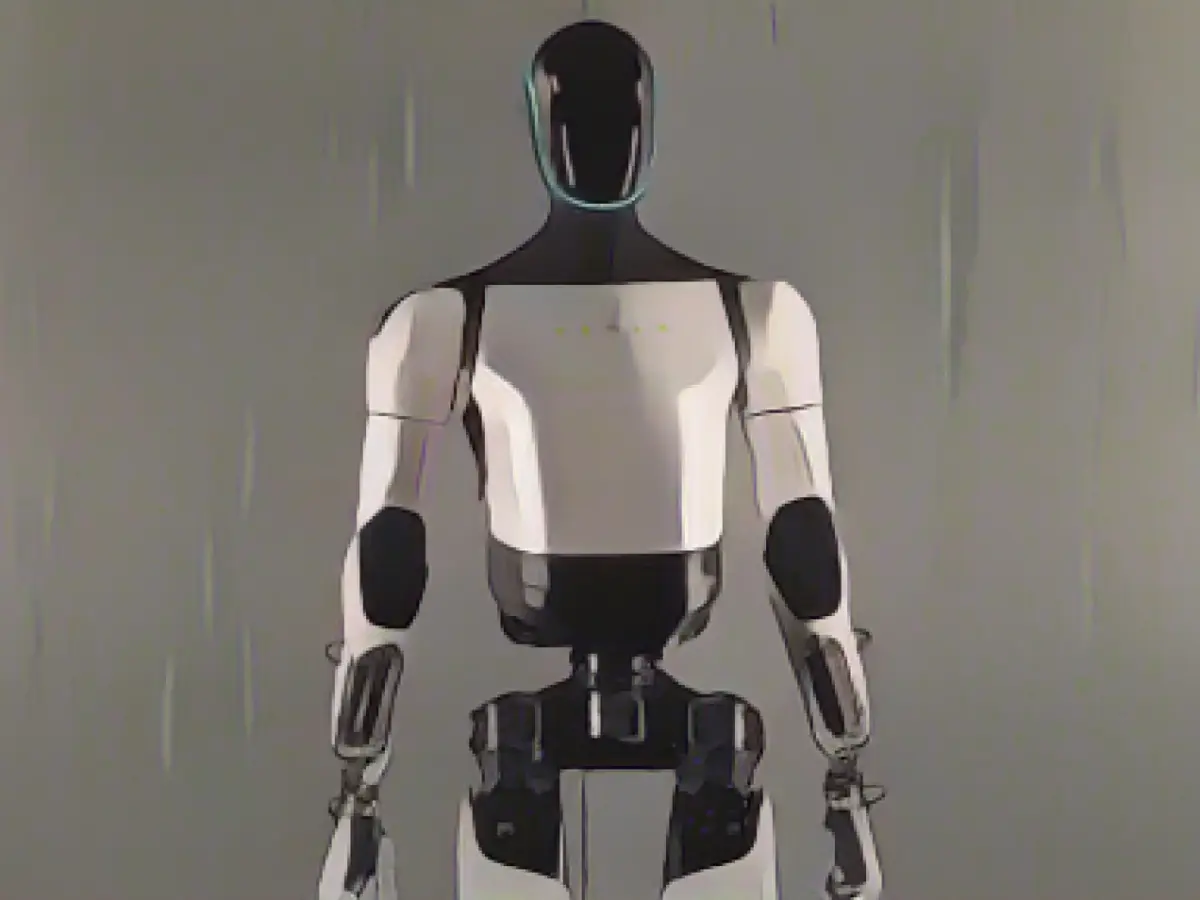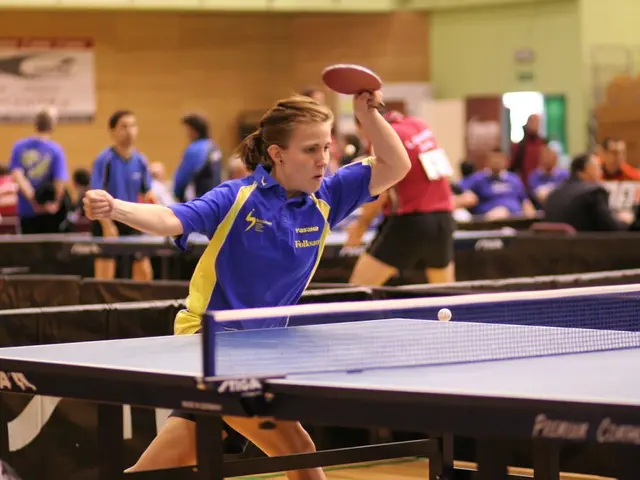Tesla's Optimus Evolution: Stunning Progress in Creating Versatile, Human-Like Robots
Tesla unveiled the updated version of its humanoid robot, Optimus, in a recent video shared on X, previously known as Twitter. The video showcases the outstanding development Tesla has made in creating this mechanical marvel. The enhancements include an improved fluidity in movement, increased speed, and astonishing finger dexterity, as demonstrated by its ability to hold an egg without breaking it.
The development of Optimus has accelerated surprisingly quickly since its initial announcement in August 2021. By September 2022, spiky prototypes were already available. Elon Musk, the CEO of Tesla, anticipates that the versatile capabilities of this robot will surpass those of Tesla's vehicles.
Tesla AI, the department responsible for the project, describes Optimus as a "general-purpose, bipedal, autonomous humanoid robot that can execute unsafe, repetitive, or monotonous tasks." Musk envisions Optimus as a helpful assistant for tasks that humans are less inclined to perform.
Upgrades in Tesla's All-Purpose Robot
In the second generation of Optimus, Tesla has worked diligently on improving various aspects.
Improved Actuators
The new actuators, or drive units, have been upgraded to enable smoother movements and a better overall performance.
Enhanced Sensors
The new hardware incorporates advanced sensors, which contribute to the robot's improved ability to cover landscapes more quickly, reduce its weight by 10%, and perform exercises like squats without losing balance.
Revamped Hand Design
The hand design has also been revamped to enable Optimus to grip delicate items without causing damage. This is achieved through the integration of new sensors.
Plans for Testing and Commercialization
Tesla aims to introduce the robot for use in its own factories soon and further refine its capabilities through practical application. If it meets the required standards, Tesla plans to commence sales at some point. Elon Musk once commented that the Optimus robot is significantly undervalued. He estimated that the market demand could reach up to 10-20 billion units, which could contribute significantly to Tesla's long-term value.
In October 2022, Musk affirmed that the final version of the robot is expected to cost no more than $20,000. He expected commercial availability within three to five years, although no specific date was specified, meaning it might reach the market by 2027.
Despite the initial criticism and skepticism surrounding the project, the second-generation Optimus robot continues to advance in AI-driven software and hardware, further indicating its potential as a promising player in the humanoid robotics market.
Source:
Enrichment Data:
The updated version of Tesla's Optimus robot, now known as Optimus Gen 2, displays improvements in accelerated mobility, increased precision, and market potential. The following are key enhancements:
Mobility:
- Faster Movement Speed: Optimus Gen 2 features enhanced mobility, enabling it to perform tasks more efficiently and navigate terrains with greater agility and speed[3][6].
- Advanced Navigation: Integration of 3D cameras and lidar enables faster and more precise navigation, allowing the robot to maneuver through complex environments, including uneven terrain, with greater accuracy[3][6].
- Advanced Stability: Implementation of Tesla's "Whole body control algorithm," featuring inertia measuring units (IMUs) and deep cameras, helps maintain the robot's dynamic stability on uneven terrains[4][6].
Precision:
- Improved Grip Technology: Optimus Gen 2 features gripping technology capable of handling tasks with greater dexterity and precision. The hands have twice the number of degrees of freedom compared to the first generation, enhancing its ability to perform various tasks, including perfect ball catches[3][6].
- Advanced Sensor Technology: Upgraded sensor technology, including RGB-D cameras for high-resolution 3D object recognition, lidar sensors for navigation, and tactile sensors with 1000 pressure points in the hands, enables precise handling[4][6].
Market Potential:
- Broad Applications: The improvements in mobility and precision make the second-generation Optimus more versatile, capable of handling a wider range of tasks, from simple chores to complex industrial applications[3][4].
- Market Confidence: Elon Musk's public confidence in the robot's capabilities and his optimistic predictions about its market potential signify strong market demand. He expects the demand to remain high even at a high price point, with the robot potentially generating north of $10 trillion in revenue[3].
- Commercialization Strategy: Tesla plans to first deploy the robots in its own factories to enhance production efficiency and then sell them to rivals in the industry in 2026, demonstrating a strategic commercialization approach.[3]
Overall, Optimus Gen 2 has demonstrated significant advancements in both technical capabilities and market potential, positioning itself as a promising player in the humanoid robotics market.








